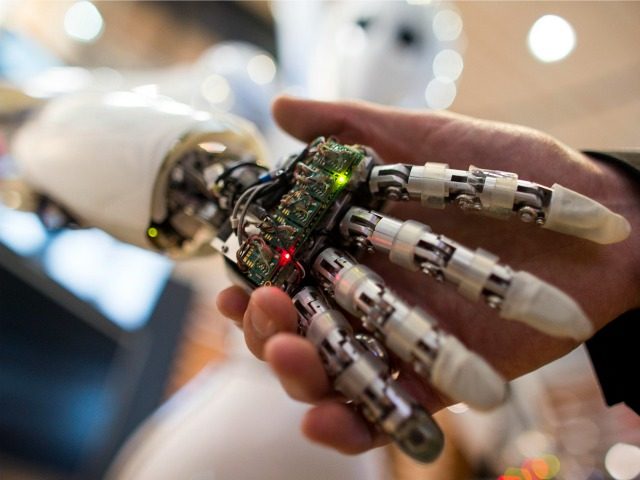Due to an shortage of laborers, the Japanese construction market is looking towards robots and drones to fill jobs usually performed by humans.
The Japan Times reports that as Japan’s population ages, the supply of young laborers within the construction field has decreased drastically. The Japan Federation of Construction Contractors has stated that by the year 2025, there will be 1.28 million fewer construction workers in the Japanese market compared to figures from 2014.
Approximately 30% of construction workers in 2015 were aged over 55, and only 10% of workers were under the age of 29 according to the Ministry of Land, Infrastructure, Transport and Tourism.
Atsushi Fujino, a spokesman at major construction firm Kajima Corp, stated “We will probably have a total of 900,000 workers joining the industry within the next 10 years, but the 300,000 shortage will need to be covered by boosting productivity… That’s why we are all scrambling for a solution.”
Kajima Corp. has embraced automation in recent years, using unmanned, automated dump trucks, bulldozers, and vibrating rollers utilizing GPS on their building sites. These machines are operated via a tablet device programmed by a worker who tells the machinery what to do. One worker utilizing a tablet and automated machinery can instruct up to five machines that can move soil and compact and smooth over large surfaces.
Kajima Corp. has plans to sell their high-tech machinery for approximately ¥4 million to ¥5 million which converts roughly to $725’000. Kajima Corp’s machinery is already being used on a trial basis to assist in the building of a dam in Oita Prefecture. Other construction firms seem to be taking inspiration from Kajima Corp., Shimizu Corp. has already begun utilizing a large arm-shaped robot which lifts heavy steel construction rods.
Tomoaki Ogi, a manager at the civil engineering technology division at Shimizu who helped develop the robot, stated, “This is a realization of human-robot collaboration.” Robots will not be replacing humans entirely, according to Atsushi Fujino. “There are things that only people can do, for example, getting small corners done or interiors that require artisan skills,” Fujino said. “Machines and humans excel at different levels.”
Ogi agreed that humans and machines have different skill sets. “Let the robot do the heavy work under people’s (guidance),” he said. Yohei Oya, a construction supervisor at Shojigumi Inc., launched a network in 2015 which connects construction companies across the country who wish to utilize brand new robotic technology on their work sites. So far thirteen companies have joined the network.
Lucas Nolan is a reporter for Breitbart News covering issues of free speech and online censorship. Follow him on Twitter @LucasNolan_ or email him at lnolan@breitbart.com

COMMENTS
Please let us know if you're having issues with commenting.